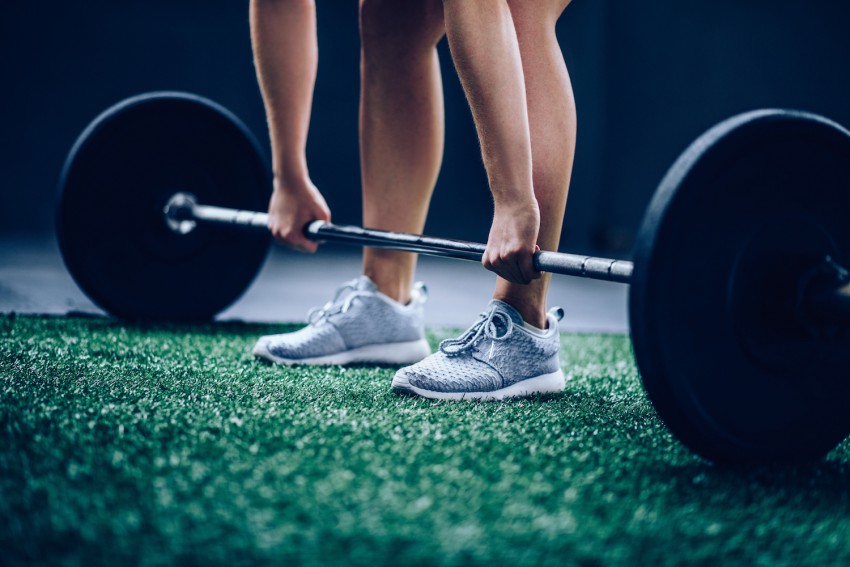Topics

PHOTO: Getty Images
Your son or daughter wants to start a weight training program. Where do you start? How do you help them to be successful and safe? Is it OK for them to be lifting weights at all? Are they too young? What if they’re still growing? All of these are common questions asked by parents of children we see in our Sports Medicine Program here at Texas Children’s Hospital.
There are several things to consider when helping your young athlete start a weight training program.
- Make sure they are old enough to follow instruction well.
- Set a goal as far as what they want to achieve.
- Start with basic exercises before the more complicated or advanced ones
- Remember, before the onset of puberty, your young athlete can get stronger, but may not necessarily “bulk up,” if that is the goal.
- A properly designed weight training program has not been shown to cause harm to the “growth plates” of young athletes’ bones. It will not stunt their growth.
- Consult with your doctor and make sure your child doesn't have any health conditions that would preclude him or her from starting a strength training program.
Ideally, weight training for any young athlete begins with simple body weight exercises. There are many exercises, such as those below, that require no equipment and are all good starting places for young athletes looking to get stronger. There are also many variations of each.
- Pushups
- Crunches/sit-ups
- Planks
- Bridges
- Triceps dips using a chair or bench
- Wall sits
- Body weight squats
If your young athlete is ready to advance to weighted exercises, be sure they have adequate supervision. This will typically be around the age of 7 or 8, but can vary depending on the child’s maturity. Even older teens would do well to have a lifting buddy to help spot them during heavier lifting exercises. Remember, no heavy power lifting until skeletal maturity is reached and your child has stopped growing.
Machine weights typically only move in a fixed arc and are easy and safe to use for those lifting alone. Free weights, such as dumbbells and barbells, are those that aren’t attached to any fixed structure and are often used either alone, or in combination with some type of bench. Proper form must be taught before the use of free weights begins as incorrect use can lead to injury. Once proper form is established, there are many exercises that can be done safely with just a few dumbbells.
So, sit down with your young athlete and set some goals! Then look into options on how to achieve those goals, whether it be joining a neighborhood gym or utilizing facilities at their school. Remember to always stay safe in the weight room.



